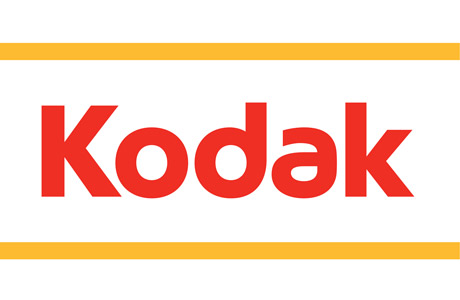News
The fall of the photochemical empire
It was the chronicle of a death foretold. The American film company, the champion of cinema until a few years ago, filed for bankruptcy this Thursday in the New York courts. In this way, the company has filed for bankruptcy protection in order to be able to reorganize.
I admit to feeling a certain sadness, which I imagine is the result of nostalgia. Although I am mainly a son of digital, my beginnings as a student were with photochemical, not so much in the direction of photography but in still photography, trying different films, developers, papers, etc.
I used to love the lab, and although I spend much of my current time in front of a “digital lab” I have to confess that I don’t get the same pleasure out of it. There is something physical about working with film and its lab tools that the computer completely lacks, and I think that’s a good thing. I insist that I am talking mostly about SLR film (without the D at the beginning) as I have worked with it more than with motion picture film.
I don’t want to talk about the classic photochemical/digital debate as it is usually raised: in terms of quality, image aesthetics or price, much has already been said about that. I am simply saying, and perhaps it is more my fond memories as a student that make me write this, that the physical action that takes place with photochemical is more comforting and pleasurable than working with a computer.
On the other hand there has also been in the photochemical/digital step a very strong change when learning photography, I don’t know if good or bad in itself but the result of the change of format. With film you were forced to THINK before acting (and I say act because not only the photographer thought about the exposure before shooting but also a moviola editor thought about the cut before cutting and physically splicing the film). Now the learning method is trial/error: I take a picture, I look at the screen and the histogram and if it is not right I take another one. They are simply two different learning methods, both with virtues and defects. Although it is true that the second one can generate “laziness of thought”, it is also true that it has discovered the fantastic world of photography to people who perhaps do not have the time, desire or head to face in every photo they take the evaluation of the exposure, but they do want to obtain certain photographic effects beyond the “auto” mode of the cameras.
That is why I have always advocated that, although for some years now the external reality has been digital, in cinematography/still photography schools, film should be taught first and then digital. In order to generate both learning modes in the student, first the pre-shooting planning and then the evaluation of the results. For better or worse this will soon disappear.
I guess now I’ll have to put the old reels I have on that shelf of honor that can only be occupied by glories like vinyl and VHS tapes 🙂
You can read the short article in Panorama Audiovisual at the following link:
Kodak goes into receivership to reorganize its business to go digital | Panorama Audiovisual.


